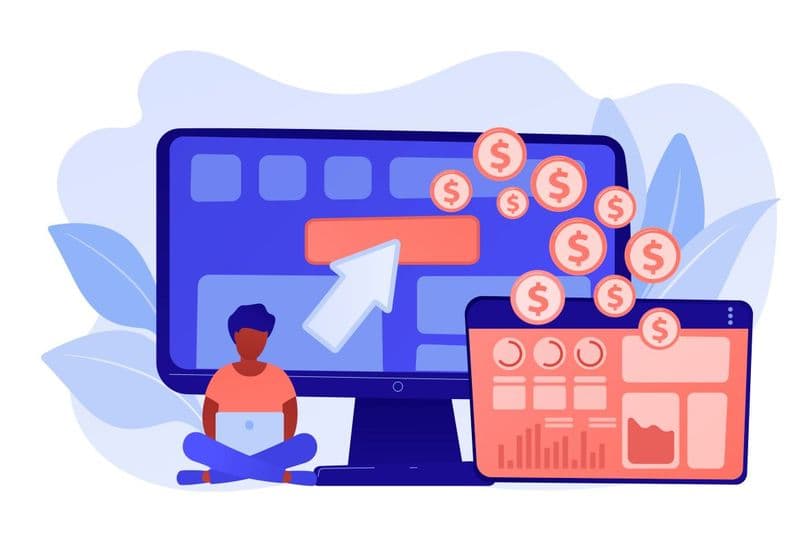Introduction
In the world of sales, the journey of transforming a prospect from a cold lead to a red-hot lead is the ultimate goal. Cold leads are like blocks of ice waiting to be melted by effective sales strategies. But how can you turn these chilly prospects into sizzling hot leads that are ready to make a purchase? Let's explore techniques that can transform your prospects from cold to red hot. But before we get hold of the techniques, let’s get clear with some of the basics.

What are hot leads?
Hot leads refer to potential customers or prospects who have shown a high level of interest and engagement with your products or services. These leads are considered "hot" because they have demonstrated strong buying signals and are more likely to convert into paying customers. Hot leads are typically in the advanced stages of the buying process and may have expressed explicit interest, requested a demo or quote, or demonstrated a high level of engagement with your marketing materials.
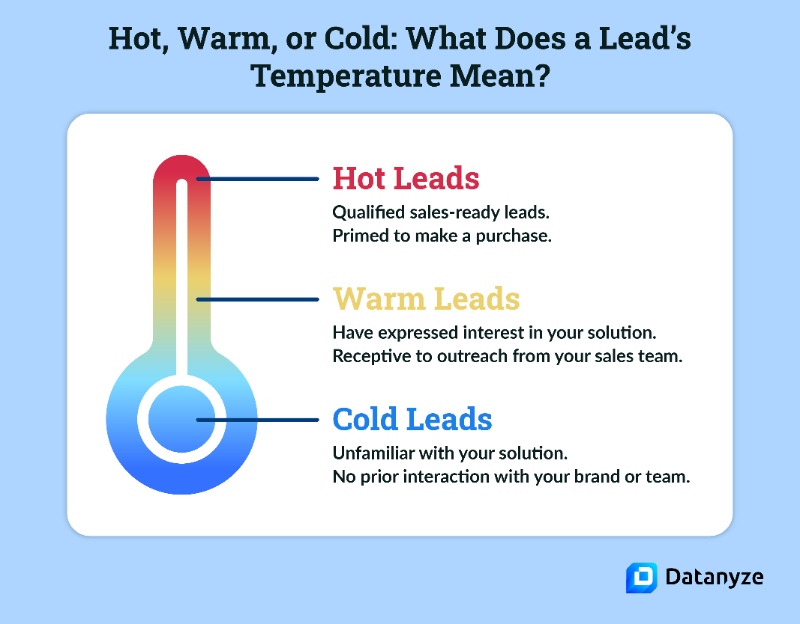
Hot leads are valuable to sales teams as they represent opportunities for faster conversion and higher sales success rates. These leads are often prioritized for immediate follow-up and nurturing, as they are already primed and ready to make a purchasing decision. By focusing on hot leads, sales teams can allocate their resources and efforts more efficiently, maximizing their chances of closing deals and driving revenue.
It's important to note that the definition of a hot lead may vary depending on the specific business and industry. What qualifies as a hot lead for one company may differ for another. However, in general, hot leads are those individuals who have demonstrated a high level of interest, engagement, and intent to purchase, making them a prime target for sales efforts.
Difference between hot leads and cold leads
Hot leads and cold leads are two distinct types of prospects or potential customers in the sales process, differing primarily in their level of engagement and readiness to make a purchase.
1. Engagement:
Hot leads have shown a high level of interest, engagement, and intent to purchase. They may have actively sought out information about your products or services, requested a demo or quote, or expressed a strong desire to make a purchase.
Cold leads have minimal or no prior engagement with your business. They may be individuals or organizations that have shown little or no interest in your products or services.
2. Readiness:
Hot leads are typically in the advanced stages of the buying process and are more likely to convert into paying customers. They have already demonstrated buying signals and are actively considering making a purchase decision.
Cold leads are in the early stages of the buying process, often unaware of your offerings or not actively seeking a solution to their needs.
3. Conversion likelihood:
Hot leads have a higher probability of converting into sales as they are further along in the sales funnel and have a higher level of intent.
Cold leads have a lower probability of immediate conversion as they require more nurturing and education to move them through the sales funnel and generate interest in your offerings.
In short, hot leads are actively engaged, highly interested, and more likely to convert into customers. Cold leads, on the other hand, have minimal engagement and require more effort to warm up and convert into sales. Effective lead nurturing and lead generation strategies aim to convert cold leads into warm leads and eventually into hot leads through targeted marketing and sales efforts. Sales material acts as the fiery catalyst, igniting the transformation of cold prospects into red hot leads, employing powerful techniques that captivate, persuade, and propel potential customers towards making a purchase.
See this example…
Let's imagine you're a sales superhero working for B2B. Picture this: you receive two inquiries in your inbox, one from a chilly prospect and another from a sizzling hot lead.
Inquiry 1
The chilly prospect fills out a basic contact form on your website, offering just their name and a vague request for CRM solutions. They haven't shown much interaction with your website, leaving you wondering about their specific needs. It's like trying to warm up on a frosty winter day—it takes time and patience to heat things up.
Inquiry 2
But then, there's the sizzling hot lead! They've left you drooling with excitement. They've provided detailed information about their organization, industry, and specific challenges with managing customer data. They've devoured your product pages, downloaded resources, and even attended your webinars. They've done their homework and are ready to dive right in.
While the chilly prospect needs some extra attention and nurturing, the sizzling hot lead is like a flame ready to ignite. With their specific interest and engagement, they're practically begging you to seal the deal. So, as a salesperson, you know how to handle each situation. Obviously, you'll warm up the chilly prospect with some personalized emails and educational content. And for the sizzling hot lead, they are clearly convinced with your product/offer and all you have to do is to do some last-minute embellishments and serve it on a platter.
Remember, not all leads are created equal. By recognizing the difference between hot and cold leads, you can pick the right sales technique and maximize your chances of success in the sales game.
It's all about knowing when to strike and when to stoke the fire.
Not All Leads Are Equal
Transform prospects into leads – Techniques
1. Personalized Engagement:
Personalized engagement in sales refers to tailoring your interactions, messages, and offers to meet the specific needs, preferences, and interests of each individual prospect or customer. It involves going beyond generic sales pitches and taking the time to understand their unique challenges and goals.
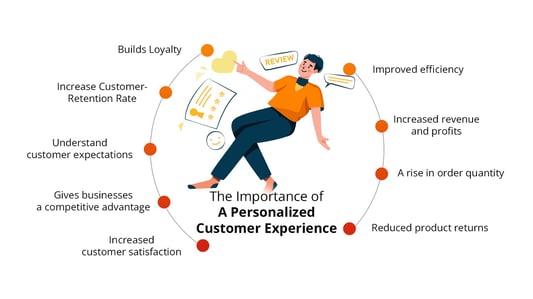
Invest time in researching your prospects or customers. Explore their company website, social media profiles, and any available public information to gain insights into their industry, setbacks, and priorities. Divide your prospects or customers into segments based on their characteristics, such as industry, company size, or job role. Leverage technology and tools to optimize your output. Monitor and analyze customer responses and engagement to refine your approach.
2. Nurturing Campaigns:
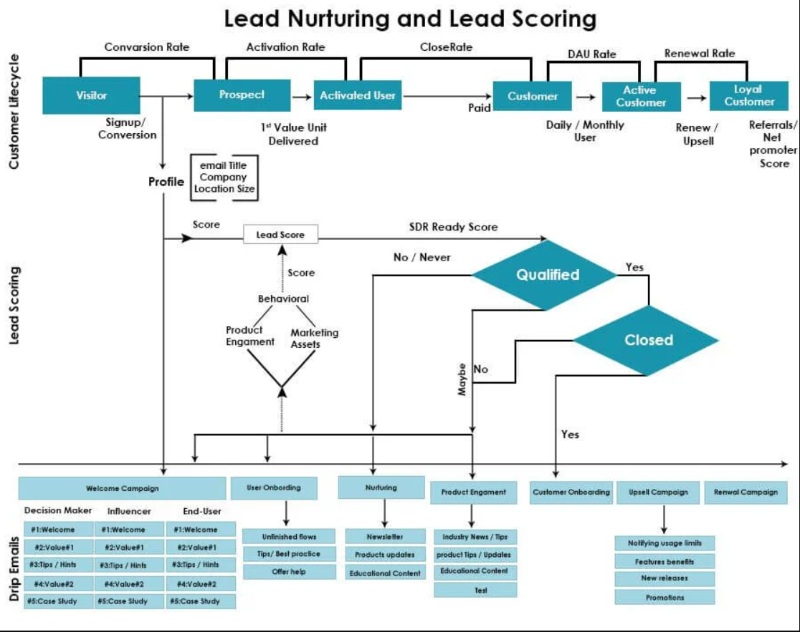
Nurturing campaigns, also known as lead nurturing or drip campaigns, are a series of targeted and automated communications aimed at building relationships with prospects and guiding them through the sales funnel. The goal is to provide relevant information, educate prospects, and keep your brand top-of-mind until they are ready to make a purchase.
When you make efforts to personally engage with your audience you already have the required target data in hand to carry out the other assignment in line. In the sales arena, while you spend every minute thinking about successful pitching, remember data is king. Keep updating your customer data and revamp your content to suit the needs of your prospects.
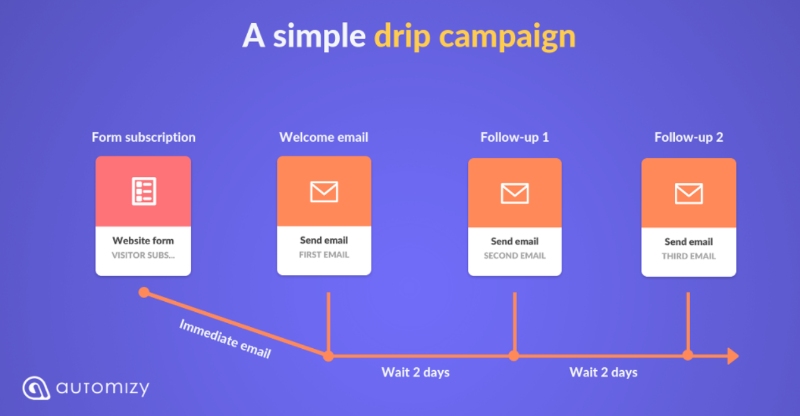
3. Social Proof:
Leverage the power of social proof to heat up your leads. Share success stories, testimonials, and positive reviews from satisfied customers. Help the prospect understand that even with changing and challenging times you will always be relevant and competent. This social validation builds credibility and instills confidence in your prospects, making them more likely to move closer to a purchase decision.
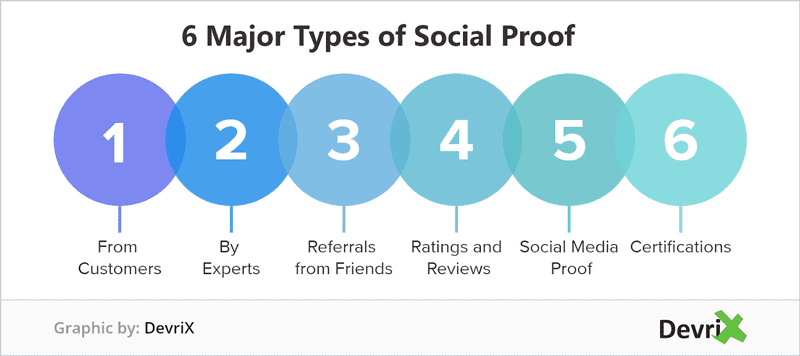
4. Timely Follow-Ups:
Automated follow up with your leads through email after initial contact or engagement. Responding quickly shows your commitment and interest in their business. Personalize your follow-ups based on their previous interactions to keep the conversation warm and progressing. An automated workflow can highly help you here. It is important to remain consistent while making sure you are not nudging your prospect so much that they throw you into their spam bin. Know where to draw the line and stay there. A good follow-up strategy always ends up warming up your lead.
5. Value-Driven Approach:
Focus on delivering value at every touchpoint. Provide insights, solutions, and expertise that demonstrate the benefits of your product or service. Show how your offering can address their pain points and help them achieve their goals.
Conclusion:
In the world of sales, converting cold leads into hot prospects is a game-changer. By implementing the techniques we've discussed, you can transform your approach and nurture these leads into valuable customers. Remember, it's all about personalization, building relationships, and providing value at every step. So, take the time to understand your target audience, create engaging content, and set up automated nurturing campaigns that deliver the right message at the right time. Embrace the power of personalized engagement and watch as your cold leads turn into red-hot opportunities.
Also Read: SDR 101
Don't underestimate the value of these techniques. By investing in effective lead nurturing, you're not only maximizing your chances of success but also building lasting relationships with your prospects.
So, don't let those cold leads go to waste. Implement these strategies, adapt them to your unique business needs, and witness the transformation firsthand. With personalized engagement and nurturing campaigns, you'll be able to connect with your prospects on a deeper level and guide them through the buyer's journey with confidence.
Remember, the power to convert cold leads into hot prospects lies in your hands. Embrace these techniques, put them into action, and watch your sales soar to new heights!

